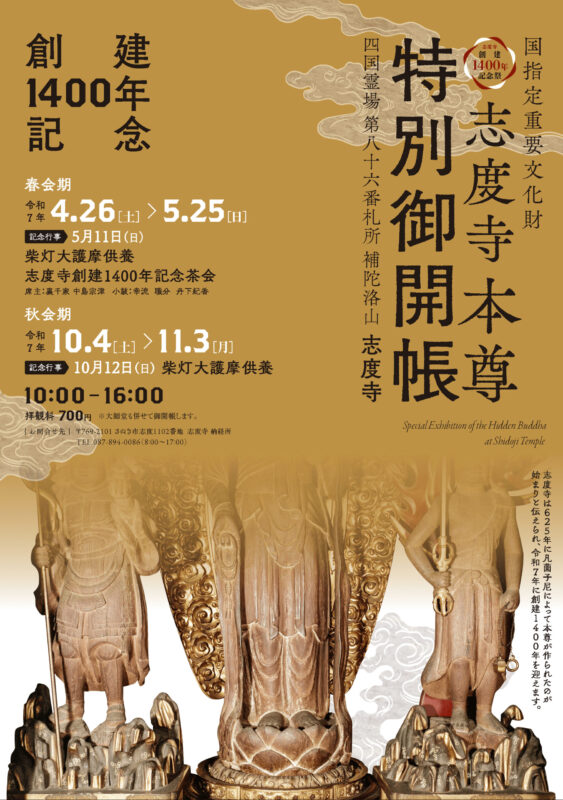
創建1400年記念 志度寺本尊特別御開帳
秋会期
日程:2025年10月4日(土)〜11月3日(月)
時間:10:00〜16:00
料金:700円 *大師堂も併せてご開帳します。
記念行事:10月12日(日)柴灯大護摩供養
場所:第八十六番札所 志度寺(香川県さぬき市志度1102)[Google Maps]
1400th Anniversary of Shidoji Temple Special Opening of the Principal Image
Autumn Session
Date: Saturday, 4 October to Monday, 3 November 2025
Time: 10:00 a.m. to 4:00 p.m.
Admission: 700 yen *The Daishido Hall will also be open to the public.
Commemorative Event: Sunday, 12 October Shitagi Daigoma Kuyo
Location: 86th temple, Shidoji Temple (1102 Shido, Sanuki City, Kagawa Prefecture)[Google Maps]
ーーー
香川県さぬき市の四国遍路86番札所・志度寺には作庭家・重森三玲さんがつくった石庭『無染庭(むぜんてい)』と、室町時代に作られたとされる庭園を重森さんが修復した庭園があります。志度寺で、年に一度だけ国指定重要文化財の本尊『十一面観音立像』が開帳されます。毎年、志度寺に伝わる『海女の玉取り縁起』にある藤原不比等の妻である海女の命日とされる旧暦6月16日にあわせて行われます。その際に、重森三玲さんの作庭した石庭『無染庭』なども拝見してきました。
Shidoji Temple, the 86th temple on the Shikoku pilgrimage route in Sanuki City, Kagawa Prefecture, has a stone garden called Muzentei, created by the gardener Mirei Shigemori, and a garden said to have been created in the Muromachi period, which Shigemori has restored. Once a year, the main statue of the eleven-faced Kannon (standing image of the eleven-faced Kannon), a nationally designated important cultural property, is opened at Shidoji Temple. The annual event is held on 16 June of the lunar calendar, the anniversary of the death of the ama, the wife of Fujiwara no Fuhito, as described in the ‘Ama no Tamadori Engi’ (Ama no Tamadori’s legend) handed down at Shidoji Temple. On that occasion, I also visited the stone garden ‘Mushomei Niwa’, created by Mirei Shigemori.
四国八十八か所霊場の86番札所、志度寺が、国の史跡に追加されることになりました!江戸時代以降、四国遍路の巡礼者を受け入れてきた「志度寺」の本堂や、大師堂などが評価されました。
Shidoji, the 86th temple of the 88 sacred places in Shikoku, has been added to the list of national historic sites! The main hall of Shidoji Temple, which has been welcoming pilgrims on the Shikoku pilgrimage since the Edo period, and the Daishi Hall have been highly valued.
四国霊場第86番札所 志度寺
住所:香川県さぬき市志度1102 [Google Maps]
電話:081878940086
The 86th Temple Shidoji Temple | Shikoku Henro pilgrimage
Address : 1102 Shido, Sanuki city, Kagawa pref., Japan [Google Maps]
Tel : 081878940086
2020年7月17日撮影
石庭『無染庭(むぜんてい)』
無染庭は、海女の玉取り伝説の情景を7個の石と苔むした岩、そして庭一面に敷き詰めた白砂で表現しています。
志度寺庭園。この庭園は、今から500年前、文明5年頃、細川氏一派によって作庭された曲水式地割の古い型式を備えた回遊式地水庭園でしたが、1961年(昭和36年)京都林泉協会・重森三玲さんの指導により復元され、室町初期の石組みを参考にし新しい現代感覚を盛り込んだ庭園です。
滋賀の秀隣寺、三重の北畠神社と並んで、わが国には三つしかない珍しい庭園。
お辻の井戸。歌舞伎や浄瑠璃の『花上野誉石碑志度寺段(はなうえのほまれのいしぶみしどでらのだん)』にまつわる井戸。
石
青石
瓦
山門の仁王像は鎌倉時代運慶の作で、香川県指定の重要文化財。
国の重要文化財。江戸中期1670頃。
本堂は桁行七間、梁間五間の大規模な仏堂であり、仁王門は三間一戸の八脚門である。
中世以来の伝統を受けついで軸部が木太く堂々としているが、細部の意匠には近世的な特色もみられる。高松藩によって造営された江戸時代中期の寺院の遺構として重要である。
閻魔堂
2019年7月17日撮影
石版
閻魔堂(えんまどう)
香川県指定の有形文化財。本堂・仁王門と同時期の寛文11年に初代高松藩主で水戸黄門の兄である松平頼重公により建立されました。
閻魔の像は、金箔などで菜食された鮮やかな内部建築の内に司録、司命を従えたもので冠に特徴があり、志度寺の御本尊である十一面観音菩薩同様に化仏他十の仏のお顔を持つ全国でも珍しいものです。
通常閻魔は地蔵菩薩の化身と言われていますが、志度寺では御本尊の十一面観音菩薩とご同体と伝わっており、国の重要文化財「志度寺縁起」において当寺復興の話の際に度々登場します。
三尊仏
高松藩主初代藩主 松平頼重公が3人の近習を弔うために建立した三体の仏像。(左は観音菩薩、中央は阿弥陀如来、右は薬師如来)
頼重公が若い頃、些細なことから3人の近習、甲賀八太夫(こうがはちだゆう)、甲賀五左衛門(こうがござえもん)、大西主膳(おおにししゅぜん)に切腹を命じました。家老が、3人ともまだ若く、将来は藩のためにも役立つこともあろうから一命だけはと助命嘆願しましたが、頼重公は一向に聞き入れず、3人は切腹して果てました。
それから何年かの歳月が流れ、晩年になった頼重公は、若いときの短期で3人を切腹させたことを深く後悔しました。
そこで、隠居後の住まいであったお山御殿(高松 石清尾八幡宮の南、今の宮脇町)に3人の供養のための三尊仏を作って安置し、朝な夕なに冥福を祈りました。
お山御殿が取りのけになり、三尊仏が残っていたのを、元禄15年(1702年)当時の志度寺住職同性(どうしょう)が、藩に願い出て、志度寺の境内に移転しました。
重森三玲さんやイサム・ノグチさんも好んだと言われる緑泥片岩。阿波の青石だろうか。
五重塔。1975年(昭和50年)に完成した高さ33mの朱色の塔。志度の実業家・竹野二郎さんによって寄進されたものです。毎月17日~21日に特別拝観できます。
四国霊場第86番札所 志度寺
住所:香川県さぬき市志度1102 [Google Maps]
電話:081878940086
The 86th Temple Shidoji Temple | Shikoku Henro pilgrimage
Address : 1102 Shido, Sanuki city, Kagawa pref., Japan [Google Maps]
Tel : 081878940086
国重文の本尊、7月16日から開帳 さぬき・志度寺
香川県さぬき市志度の四国霊場86番札所・志度寺は16、17の両日、普段見ることができない国指定重要文化財の本尊「十一面観音立像」を開帳する。
開帳は志度寺に伝わる「海女の玉取り縁起」にちなみ、藤原不比等の妻である海女の命日とされる旧暦6月16日に合わせて毎年実施。本尊は像高146センチのヒノキ材の一木造りで、脇侍の不動明王像、毘沙門天像と共に国の重要文化財に指定されている。
開帳は16、17日とも10:00~15:00。拝観料500円。両日は空海が弘法大師号を贈られて今年が1100年を記念して大師堂の弘法大師像も開帳し、恒例となっている香川県有形文化財の閻魔(えんま)堂と奪衣婆(だつえば)堂の公開も行う。問い合わせは志度寺納経所、TEL087-894-0086。
The 86th Temple Shidoji Temple | Shikoku Henro pilgrimage | Sanuki History & Culture Guide
Shidoji Temple, the 86th sacred spot along the Shikoku Henro pilgrimage, is located on the coast facing Shido Bay.
According to writings documenting its origins and history, this temple started when Oshino Sonoko, a nun living in the area at the time, carved an image of the Eleven-Faced Kannon from a sacred tree taken from the Port of Shido, and built a hall to enshrine it in 625.
Fujiwara no Fuhito later built a grave for an ama, a professional female diver, and improved the temple grounds. His son, Fujiwara no Fusasaki, then built various buildings to help bring his mother happiness in the next world. In addition, it is said that he dedicated the Lotus Sutra to the temple, and built 1,000 stone monuments.
In the painting, “The History of Shidoji Temple”, which is archived at the temple, white colored stone monuments, as well as a multi-storied pagoda and a five-ring pagoda made of white stone, are shown within the temple grounds. These are believed to be among the 1,000 monuments built by Fujiwara no Fusasaki.
In one area of the precincts is a garden featuring a meandering stream said to have been built 550 years ago during the Muromachi Period, as well as a dry landscape garden created in the Showa Period by Mirei Shigemori, called Muzentei (Immaculate Garden). This garden can be seen from the reception hall, creating a sense of tranquility. The Main Hall, Niomon Gate, the six silk scrolls depicting The History of Shidoji Temple, the silk image of the Eleven-Faced Kannon, and the wooden standing statue of the Eleven-Faced Kannon are designated as important cultural properties.
Shidoji temple is a Shikoku hallowed ground 86th bill place. The precincts are not maintained, but there are a lot of important cultural properties of the country. According to the source, ordinary Ooshisonoko-ni (凡薗子尼) brings the sacred tree which arrived at Shidoura(志度浦)to the thatched hut and is said to be it when I made the Jyuichimen-Kannonbosatsu Bodhisattva of the principal idol from the sacred tree.
In 681, Fuhito Fujiwara enlarged a temple and named the Shidodojyo(death degree dojyo studio. In 693, a child, Fusazaki Fujiwara built a temple with rows and changed the name of the temple to Shidoji temple.
During the Muromachi period, Chikamasa Ikoma helped Shidoji temple since the ancestor was Fujiwara Bunsho. In 1671, Hondo ・ Nioomon etc. was rebuilt due to the donation of Yorishige Matsudaira of Takamatsu lordship.
Mirei Shigemori (1896–1975), He was a notable modern Japanese landscape architect and historian of Japanese gardens.
Mirei Shigemori was a garden designer who actively participated in many areas of Japanese art and design.
Shigemori’s work and writings reflect and interface with the changing political and cultural framework of Japan during his life. Kendall Brown, in his preface to Mirei Shigemori: Rebel in the Garden notes that “Shigemori embodies the central artistic quest of his era – a new direction in Japanese creativity founded on the desire to overcome a fundamental tension between the perceived polarities of dynamic Western Culture and the relative stasis attributed to the Asian tradition.”

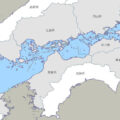
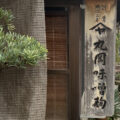
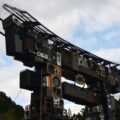
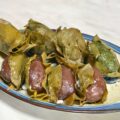

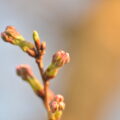

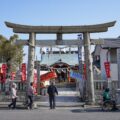


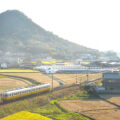
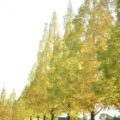
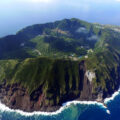

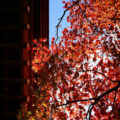

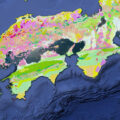
![【香川】春日川の川市 – [Kagawa] River market of Kasuga river](https://yousakana.jp/wp-content/uploads/wordpress-popular-posts/49605-featured-120x120.jpeg)
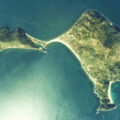
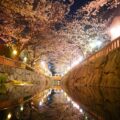
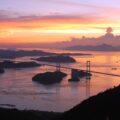


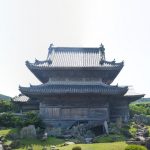
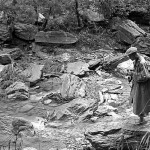
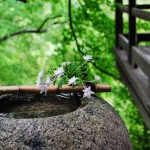
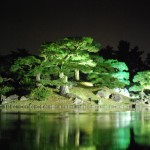
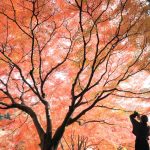

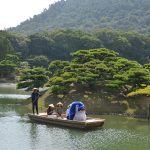
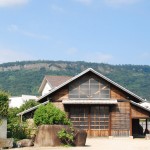
![【香川】彫刻家・流政之さんの美術館「ナガレスタジオ 流政之美術館」がオープン – [Kagawa ]Nagare Studio Masayuki Nagare Museum](https://yousakana.jp/wp-content/uploads/2019/07/nagare-museum-150x150.jpg)


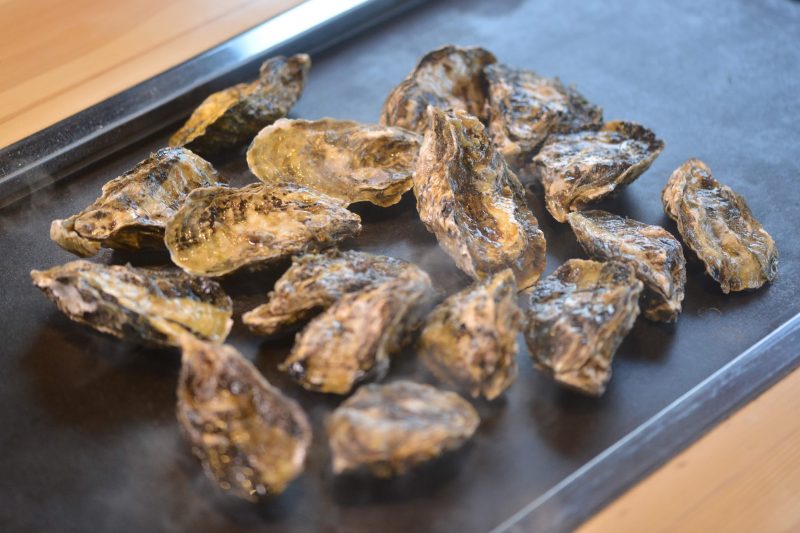
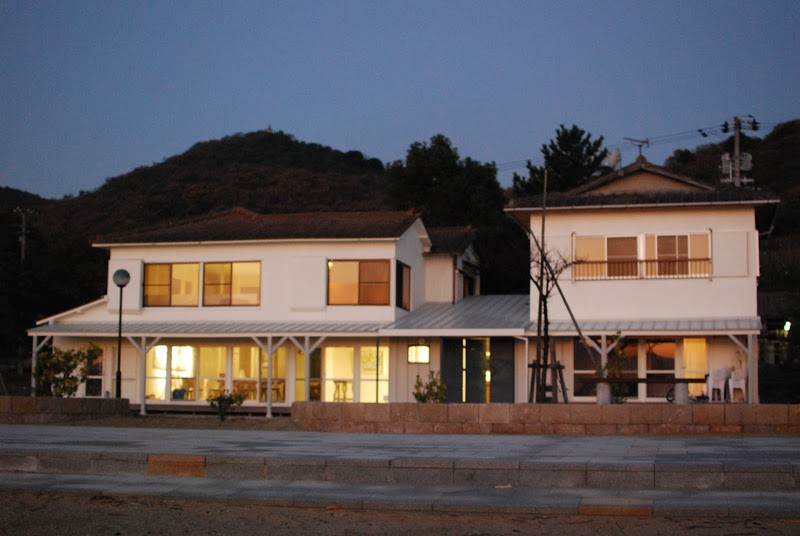
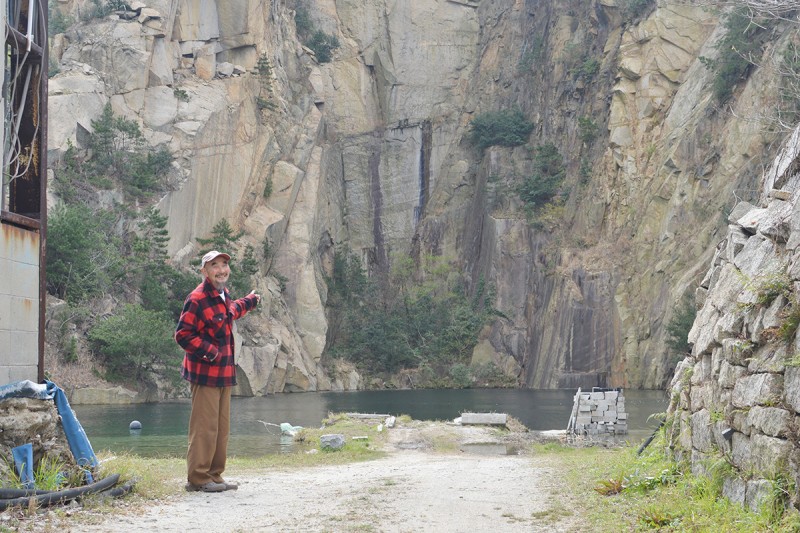
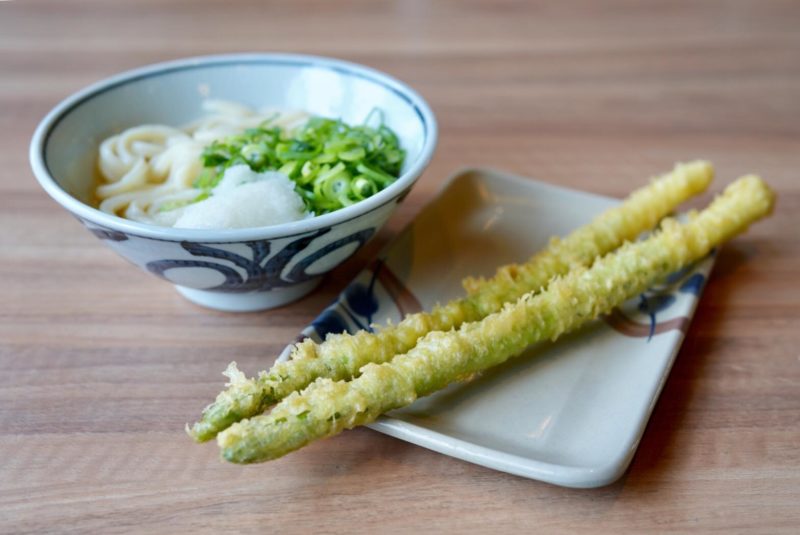
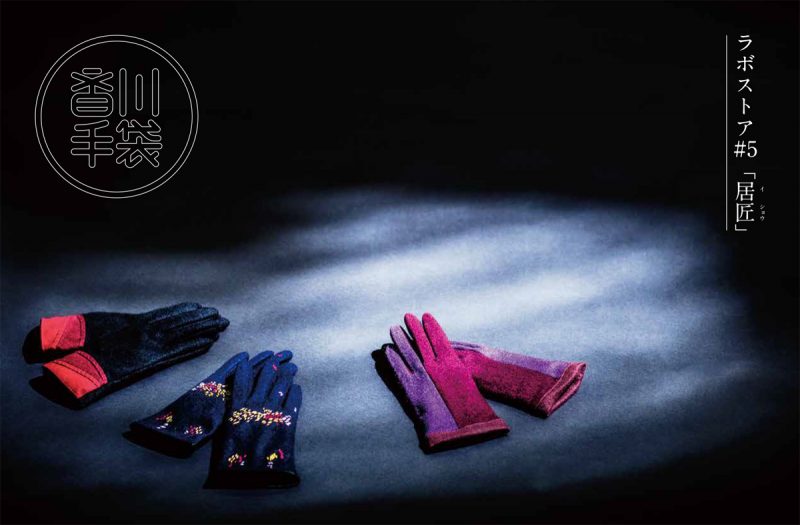
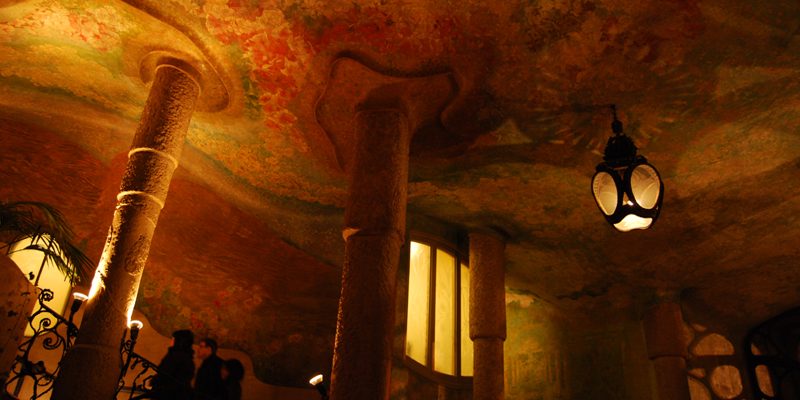
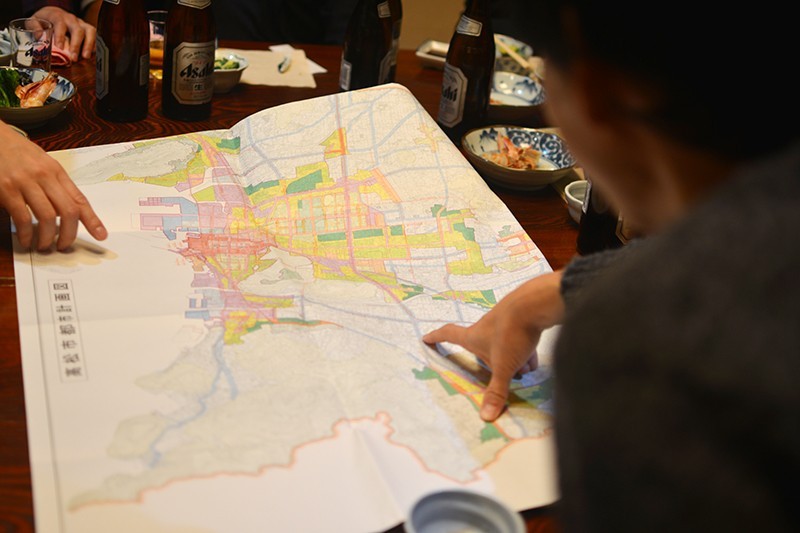
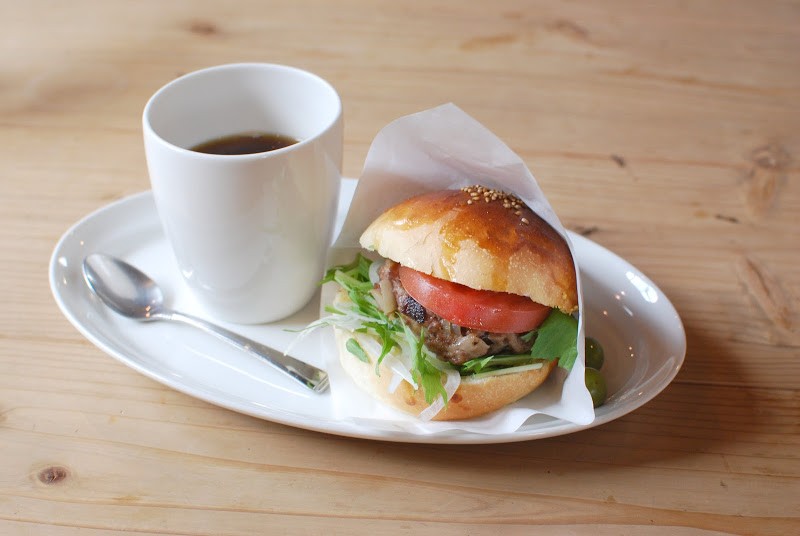
![【静岡】日本初!泊まれる公園『インザパーク』 – [Shizuoka] The park to be able to stay “INN THE PARK”](https://yousakana.jp/wp-content/uploads/2020/12/inn-the-park-800x534.jpg)

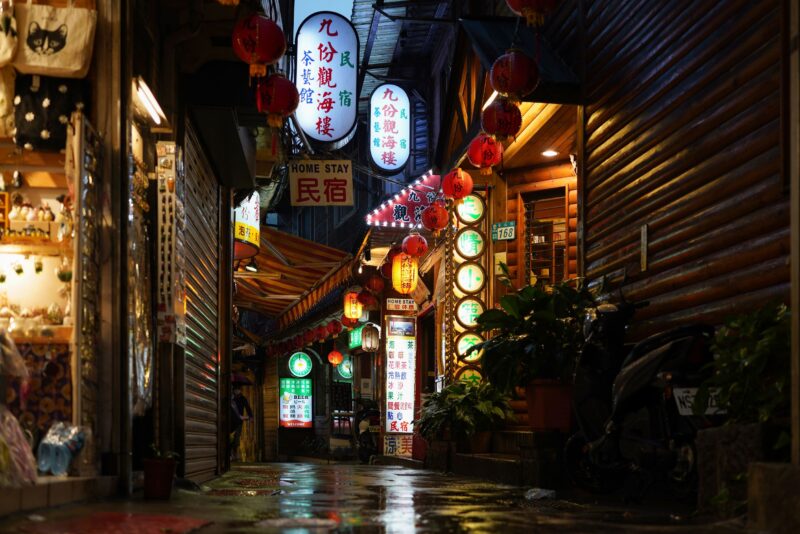
![【香川】一生に一度は行きたい『こんぴらさん』長い石段を登ってお参り – [Kagawa] “Kotohiragu shrine (Konpirasan)”](https://yousakana.jp/wp-content/uploads/2017/04/konpira-sakura-800x536.jpg)
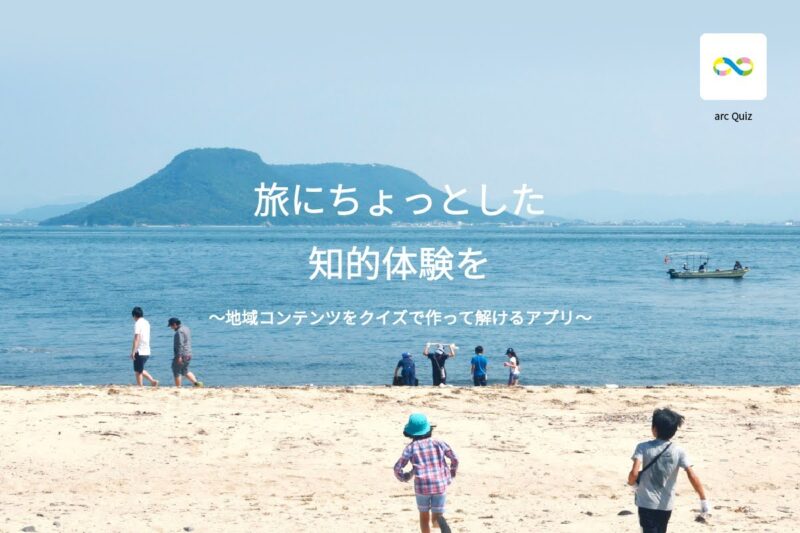
![【徳島】もろぶた糀・木桶仕込みの『井上味噌醤油』 – [Tokushima] Inoue Miso & Soy Source](https://yousakana.jp/wp-content/uploads/2023/07/inoue-miso-shoyu-800x533.jpeg)
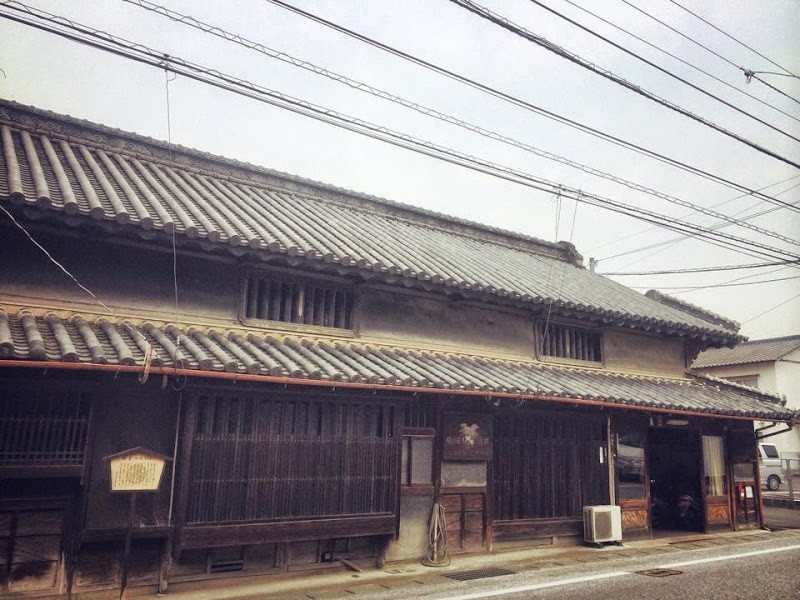
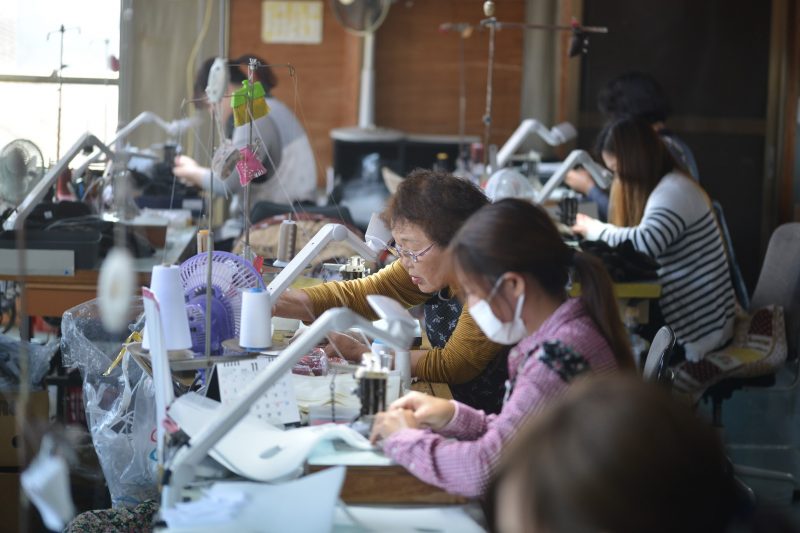
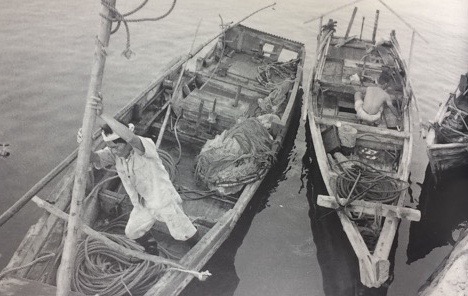
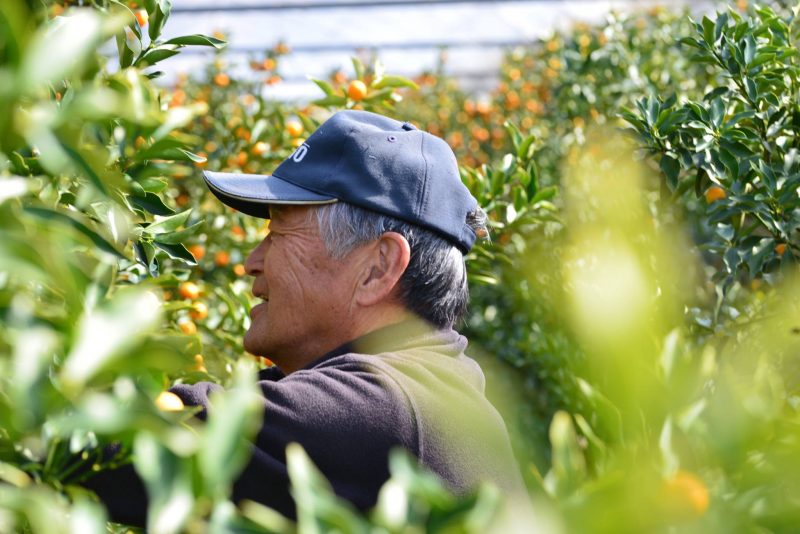
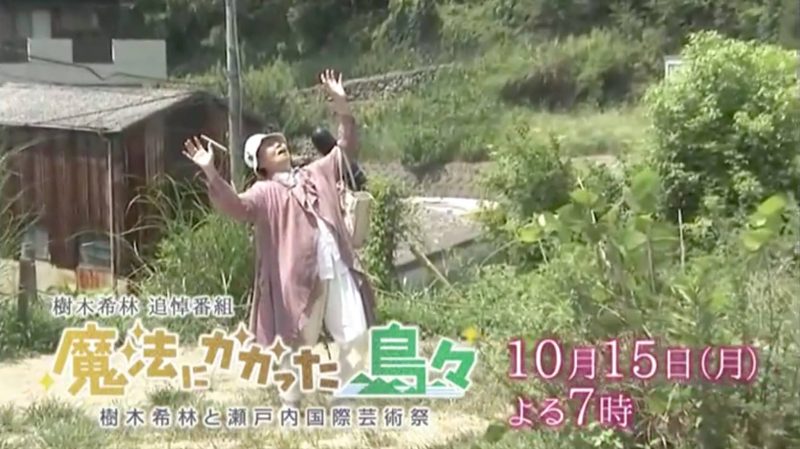
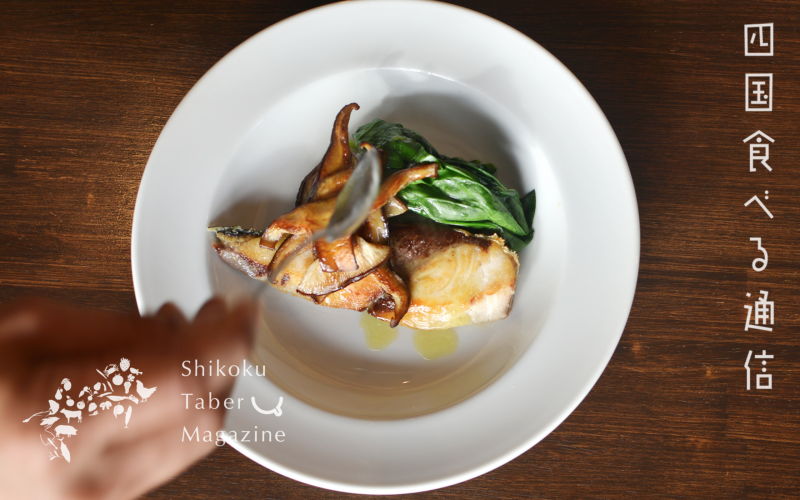
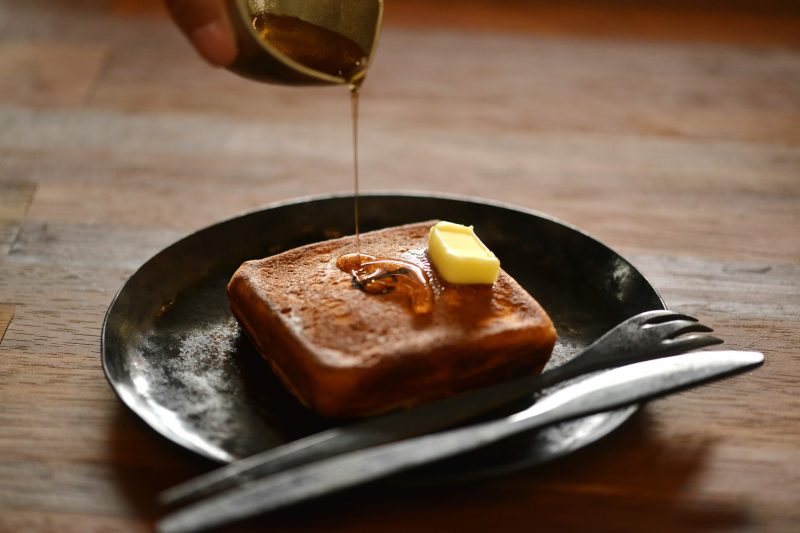
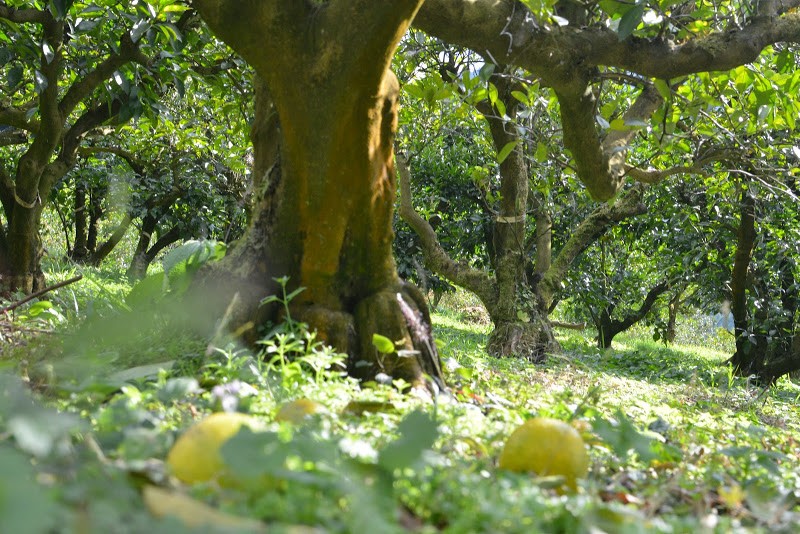
![【香川】仏生山のスパイス系カレー『ヒッカリー』 – [Kagawa] Spicy curry “hiccurry” at Busshozan](https://yousakana.jp/wp-content/uploads/2019/11/hiccurry_curry-busshozan-800x534.jpg)
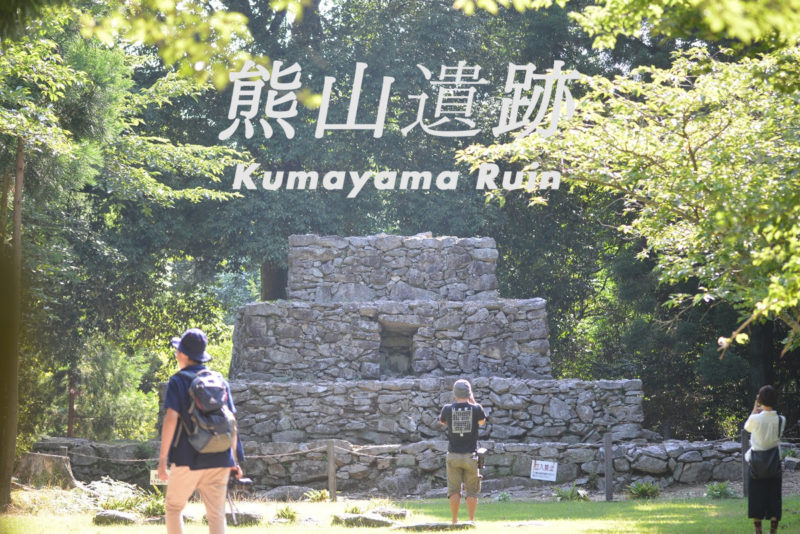
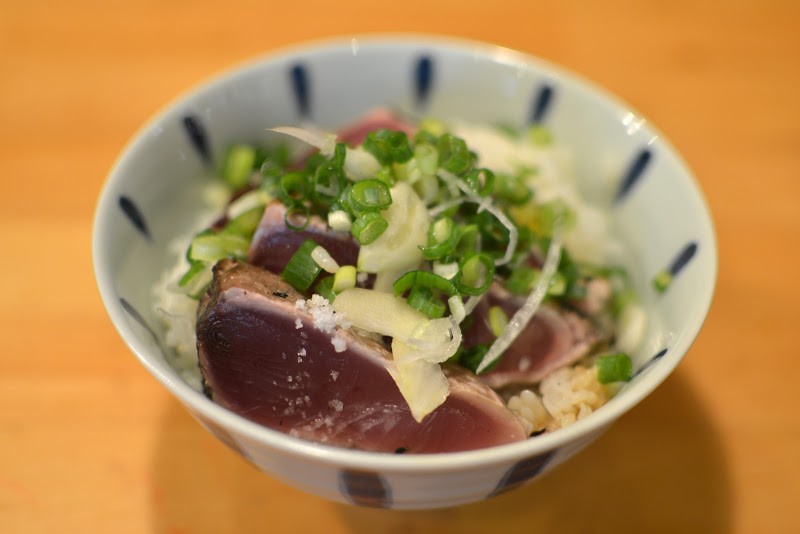
![【高知】魚を守る道、アイスハーバー型らせん魚道 – [Kochi] Ice Harbor type spiral fishway](https://yousakana.jp/wp-content/uploads/2022/10/Ice-Harbor-type-spiral-fishway_Kochi-800x534.jpeg)
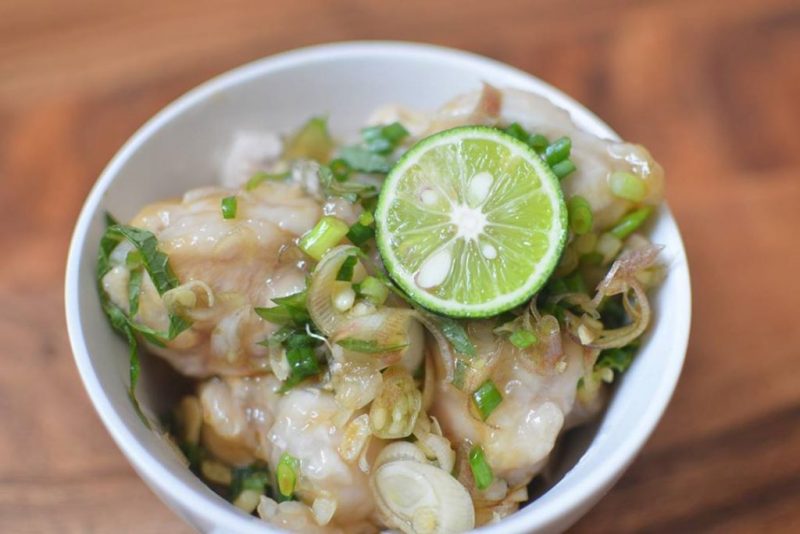
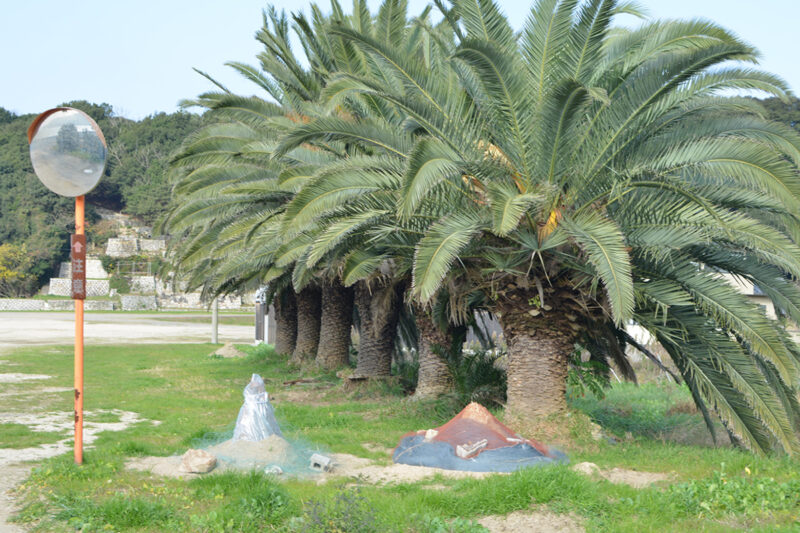
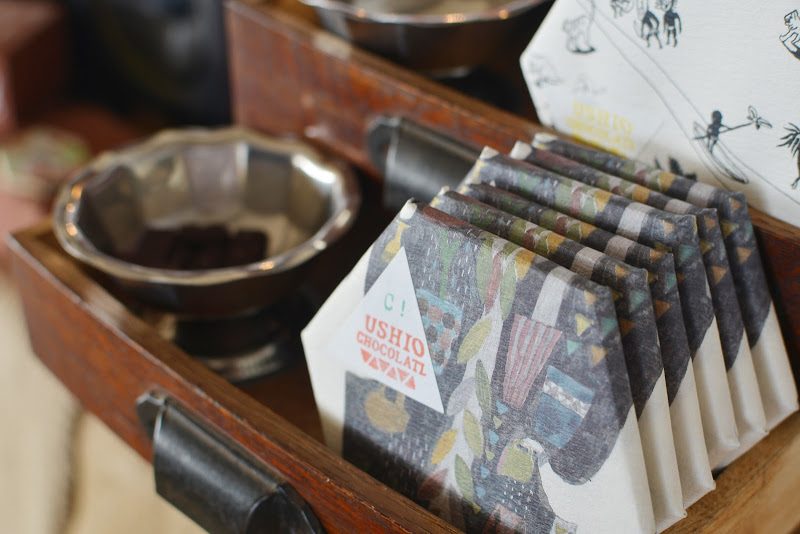

![【広島】瀬戸内海を望む礼拝堂『リボンチャペル』 – [Hiroshima] Ribbon Chapel](https://yousakana.jp/wp-content/uploads/2019/05/ribbon-chapel_onomichi_hiroshima-800x534.jpg)
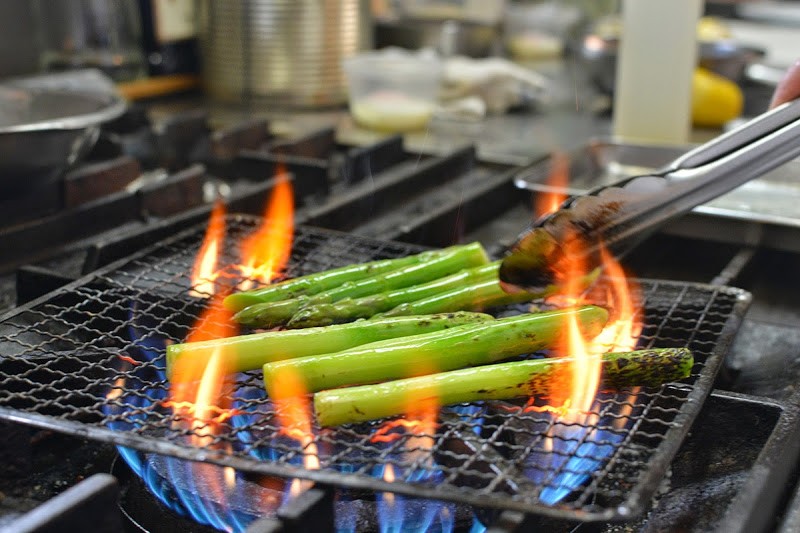
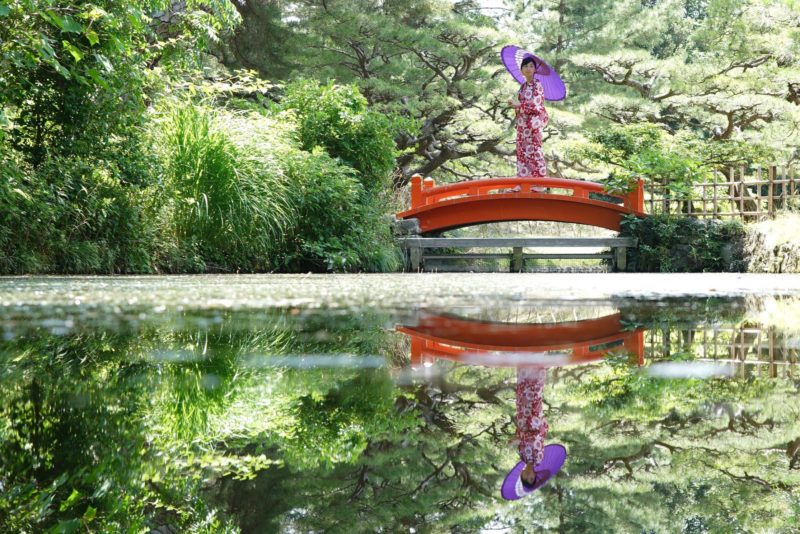

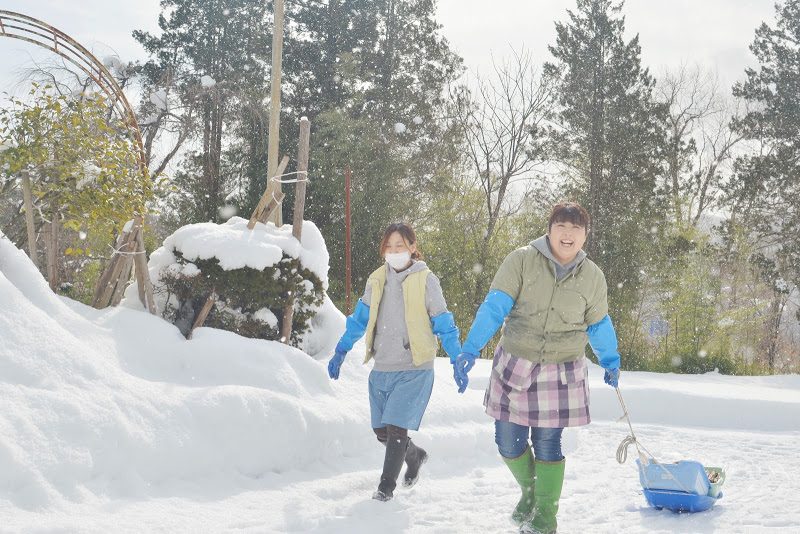
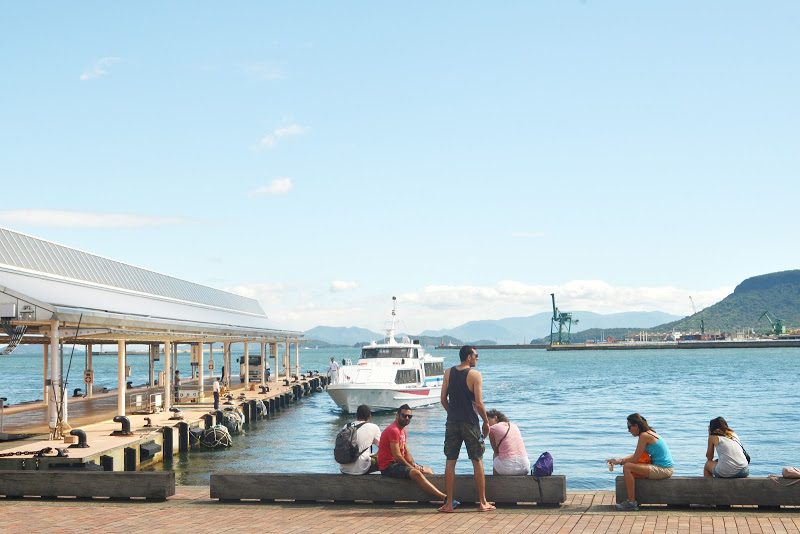

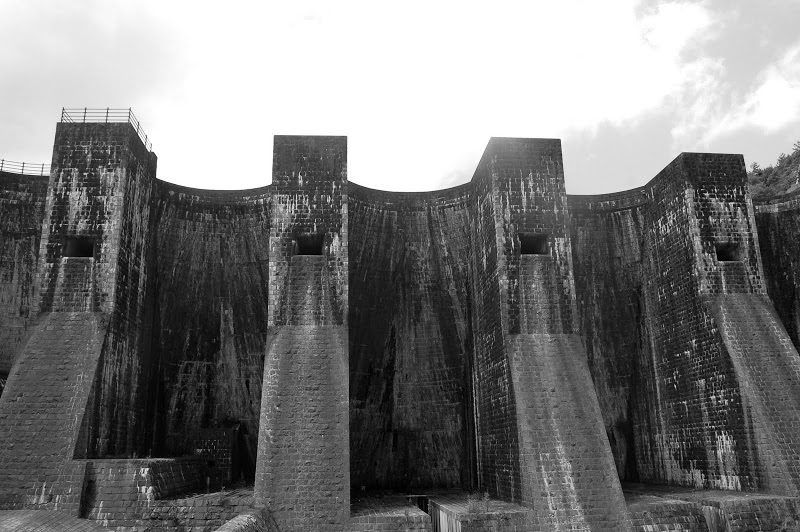
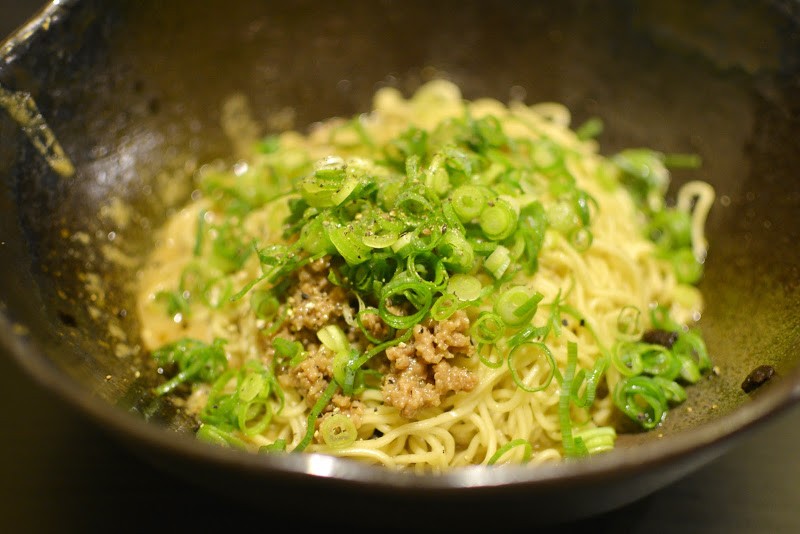

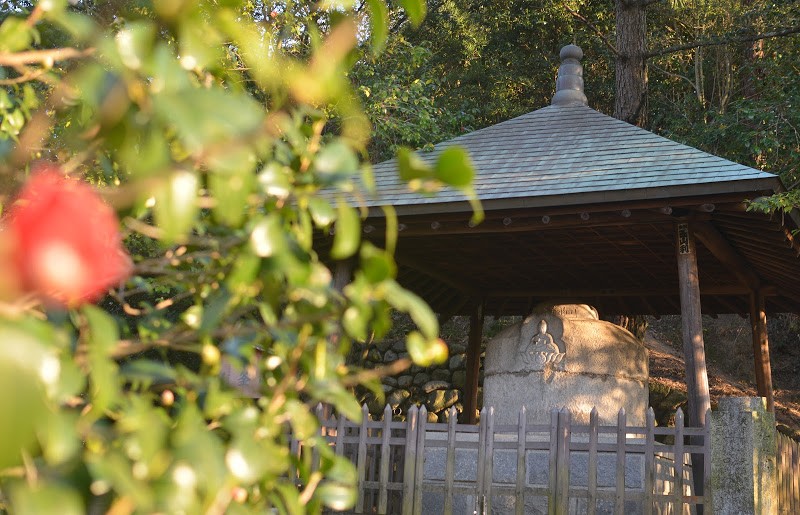
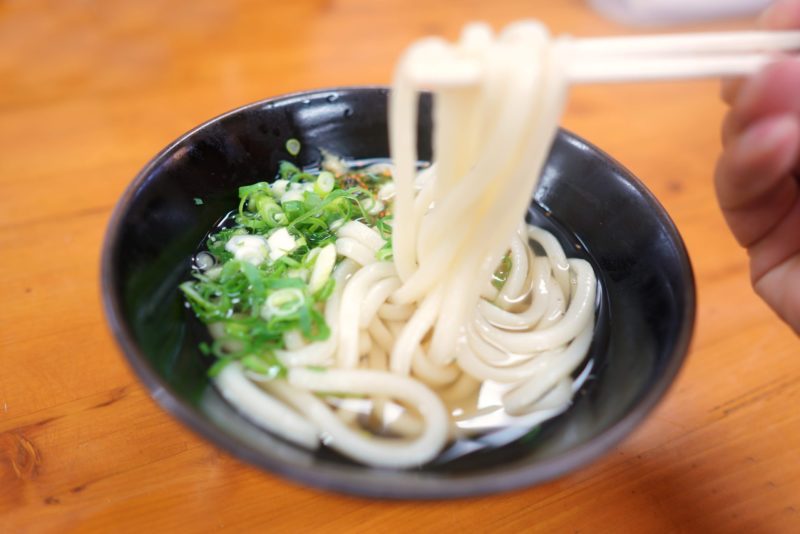
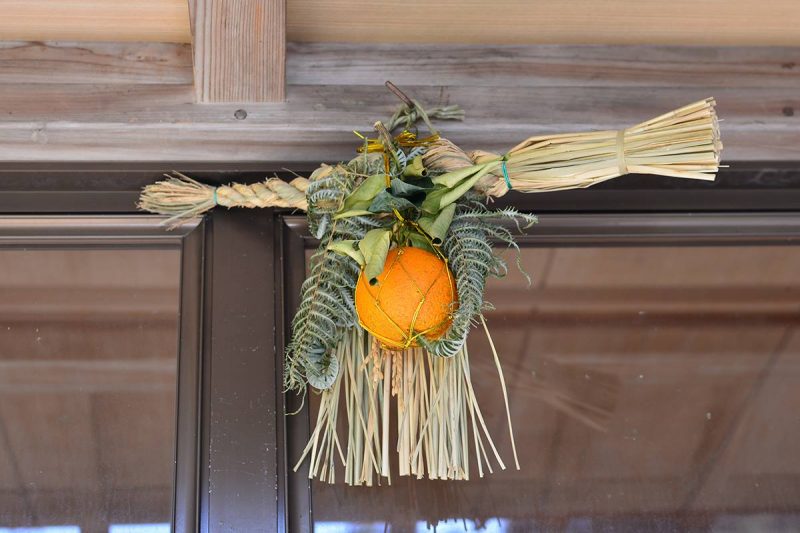
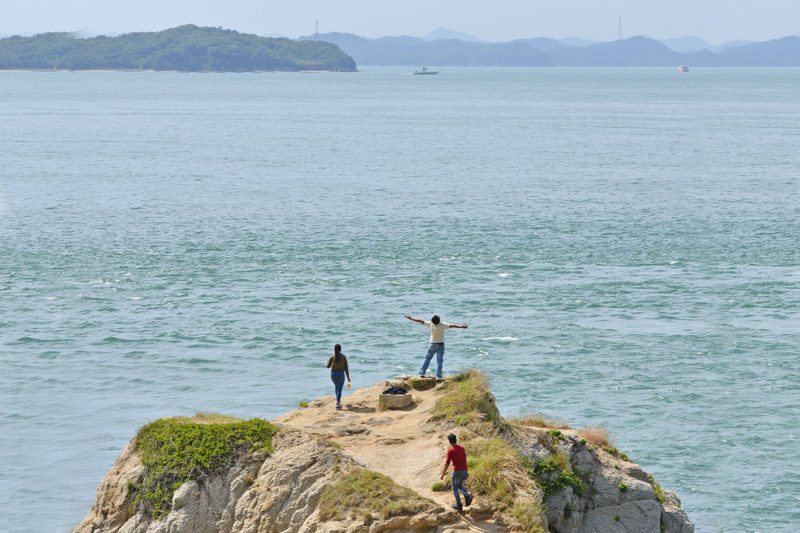

![【徳島】サーフィンとコーヒーをこよなく愛すマスターのお店『とよとみ珈琲』 – [Tokushima] Toyotomi Coffee](https://yousakana.jp/wp-content/uploads/2020/04/toyotomi-coffee.jpg)
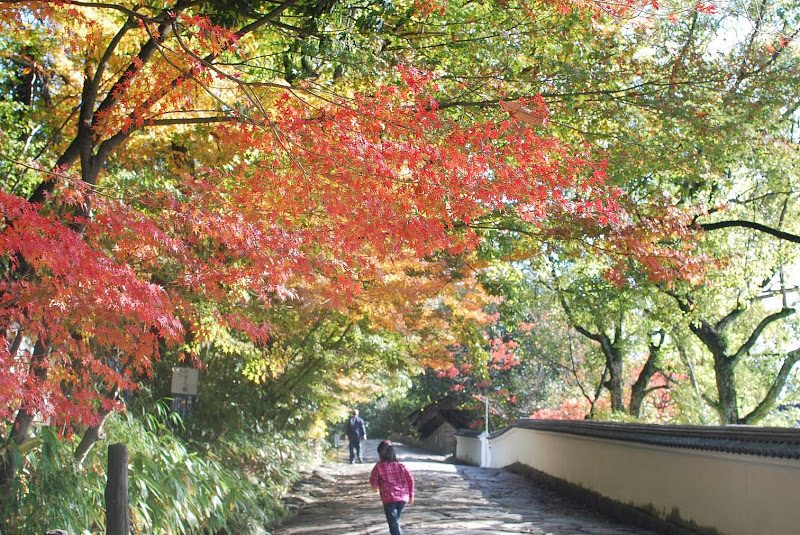
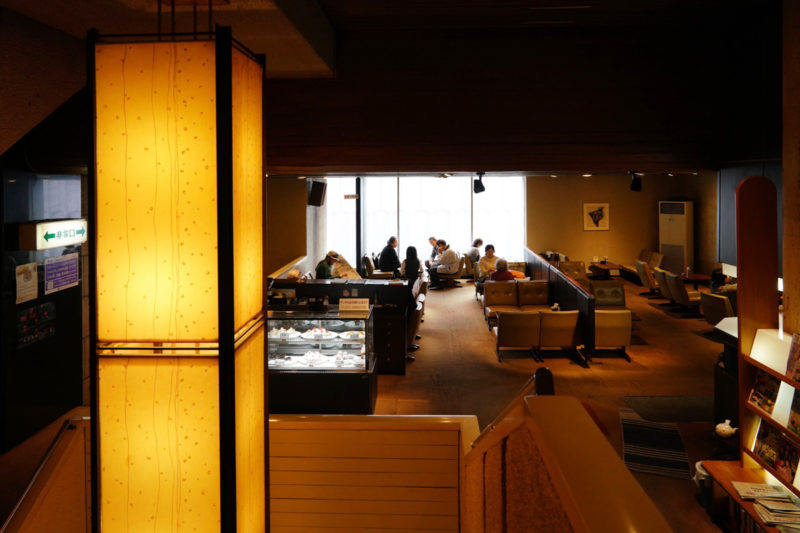
![【香川】青峰山 千手院「根香寺(ねごろじ)」の紅葉 – [Kagawa] Autumn leaves of Negoroji temple](https://yousakana.jp/wp-content/uploads/2020/11/Autumn-leaves-of-Negoroji-temple-800x534.jpg)
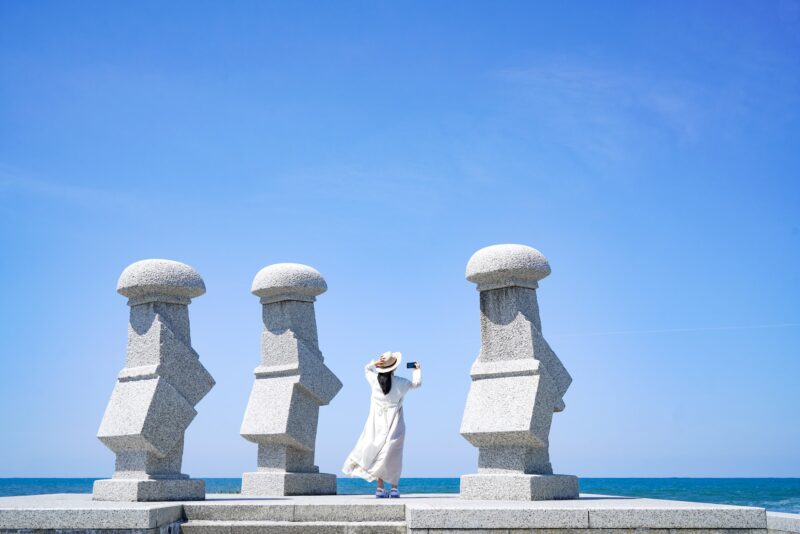
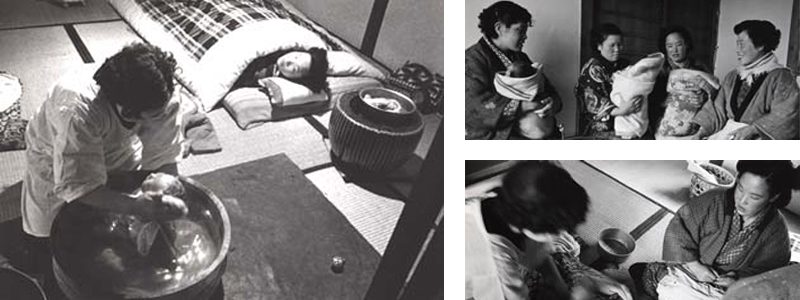
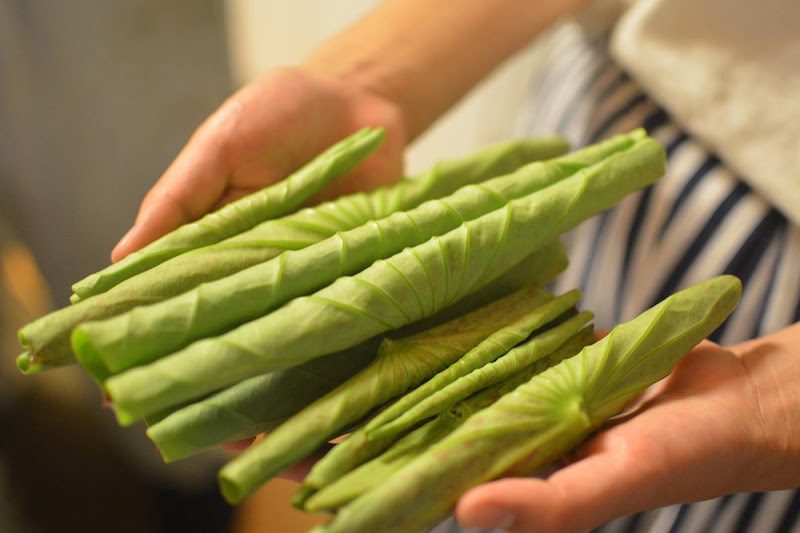
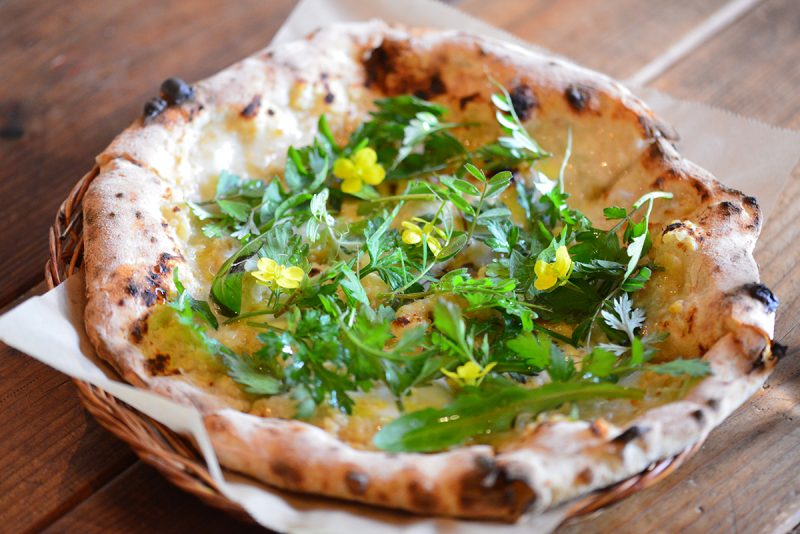
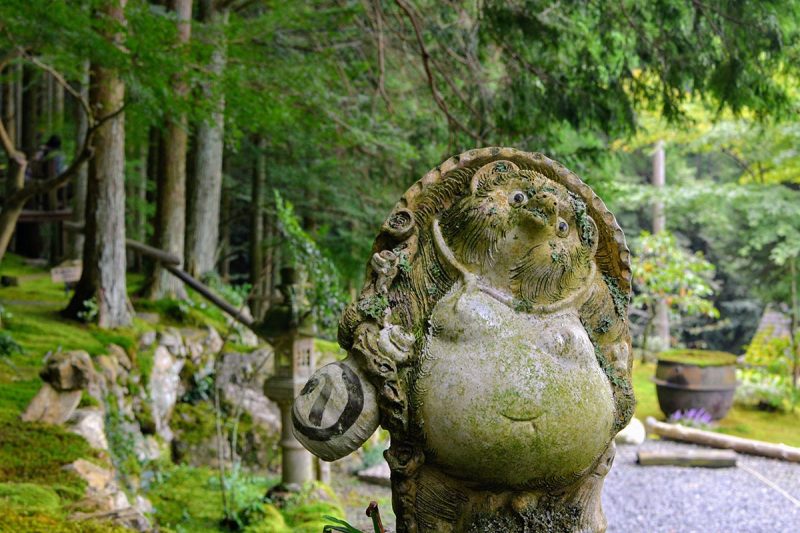
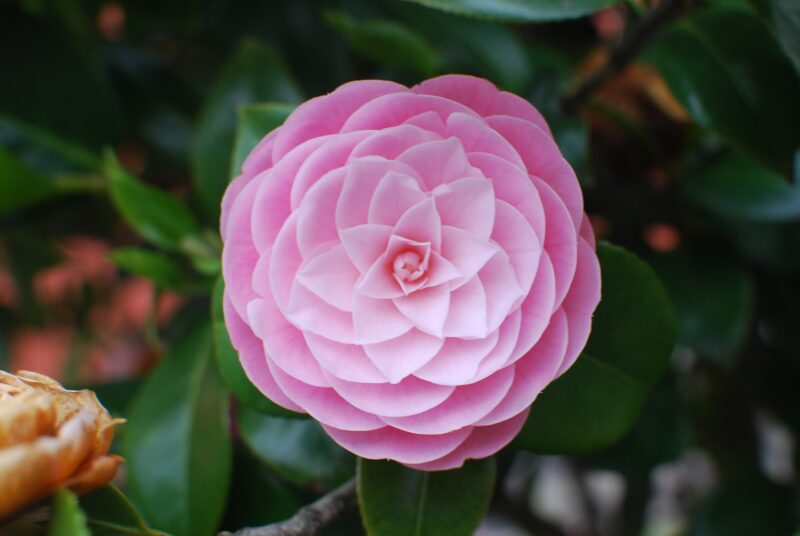


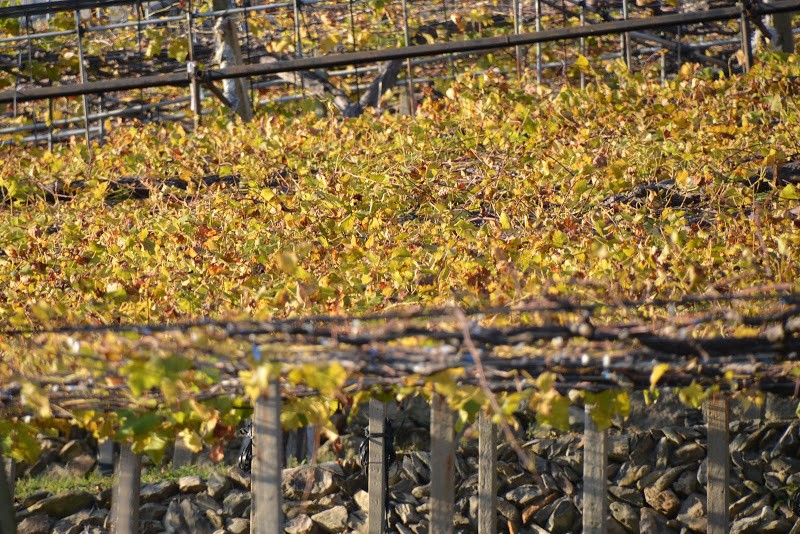
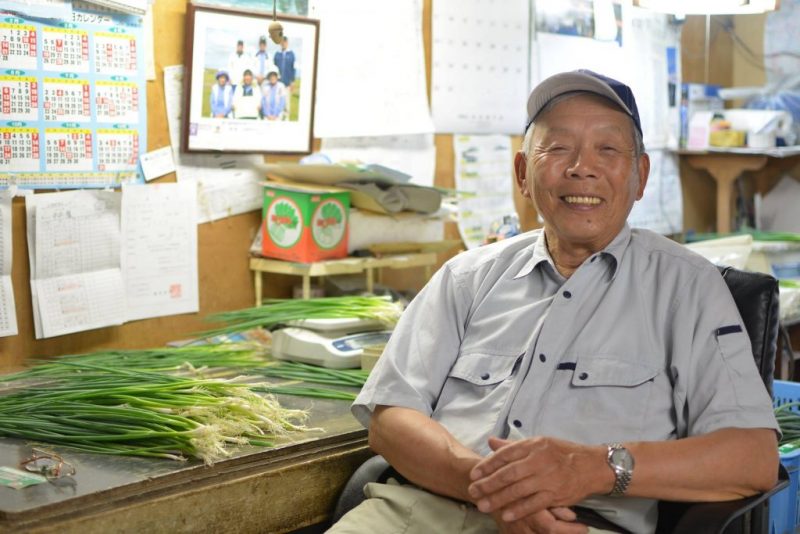
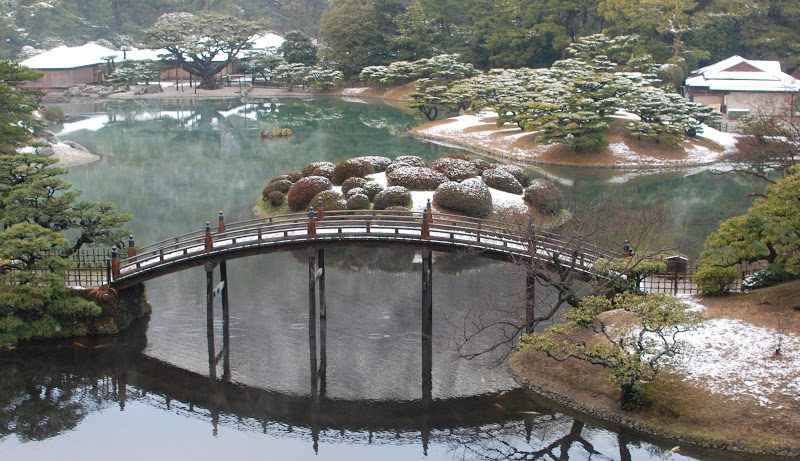
![【愛媛】産直市で食べられるフルーツたっぷりケーキ 『さいさいきて屋』 – [Ehime] Fruit cakes of the market “Saisai kiteya”](https://yousakana.jp/wp-content/uploads/2015/09/DSC_0833-800x536.jpg)
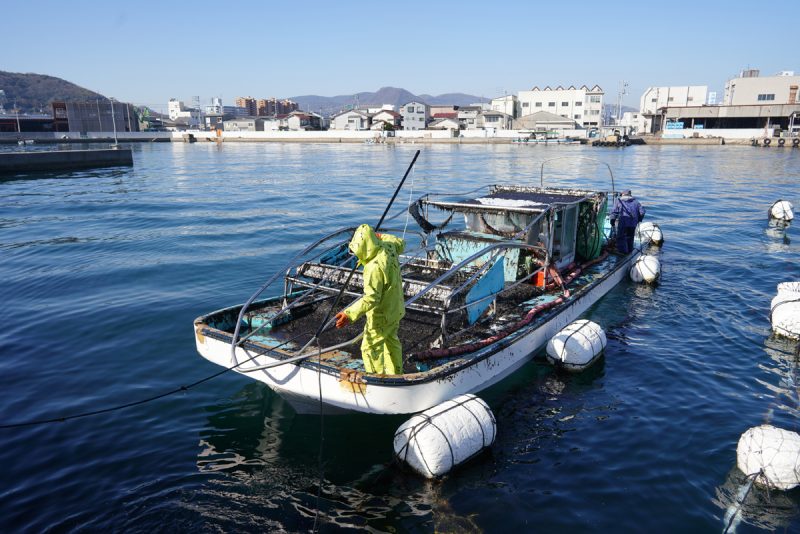
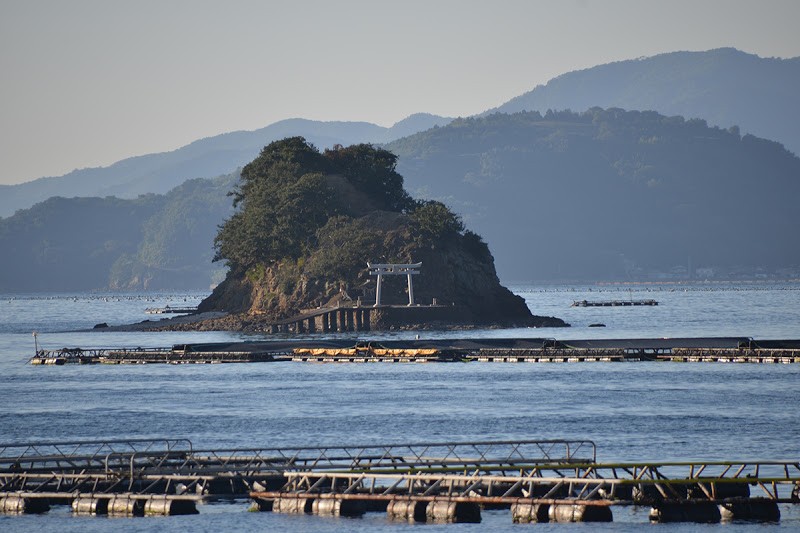
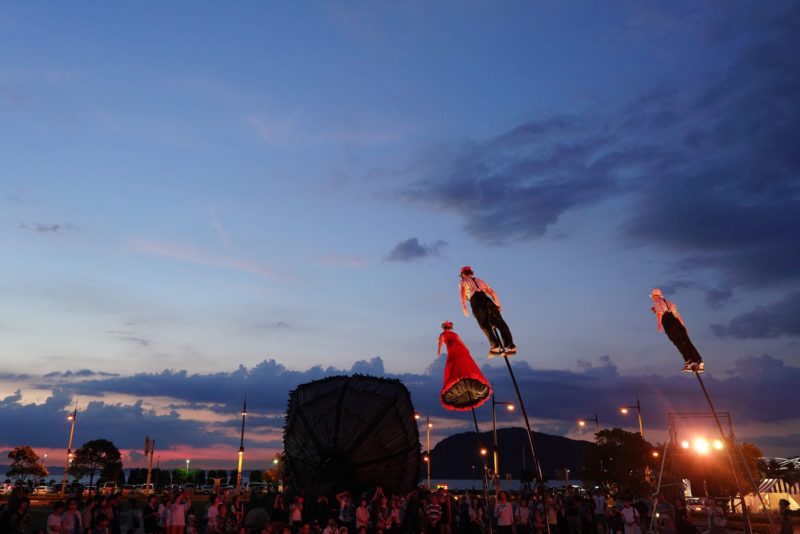
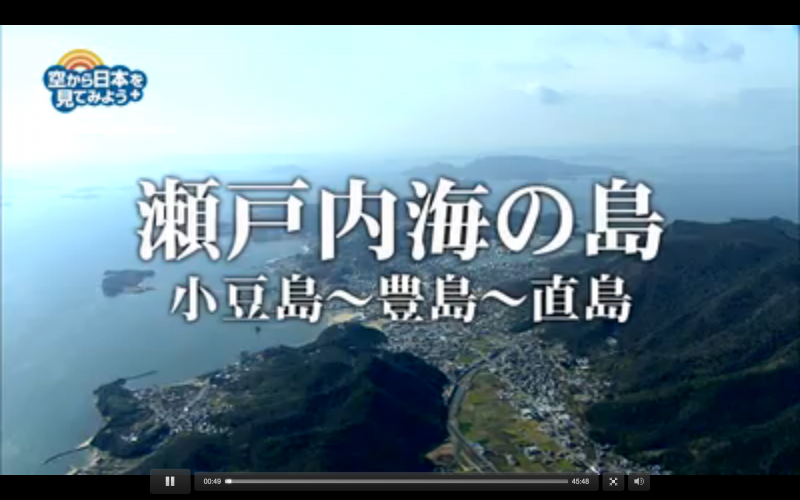
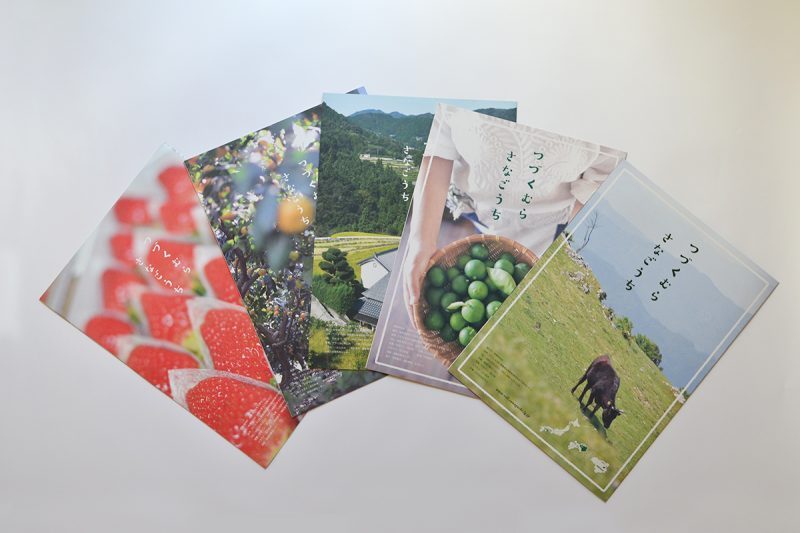
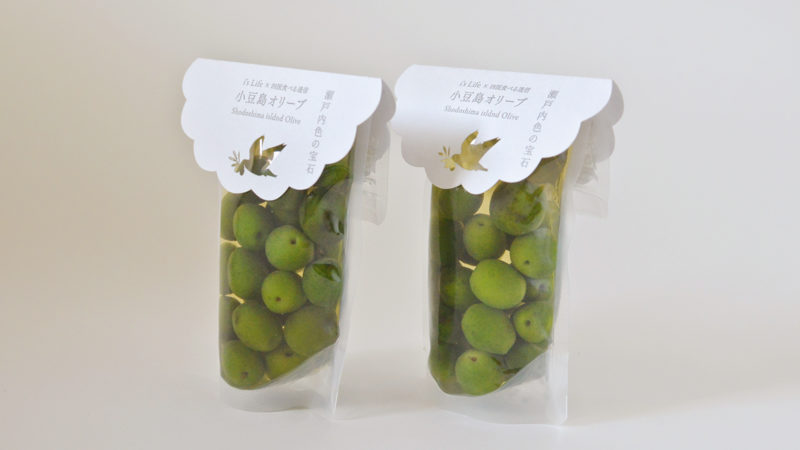



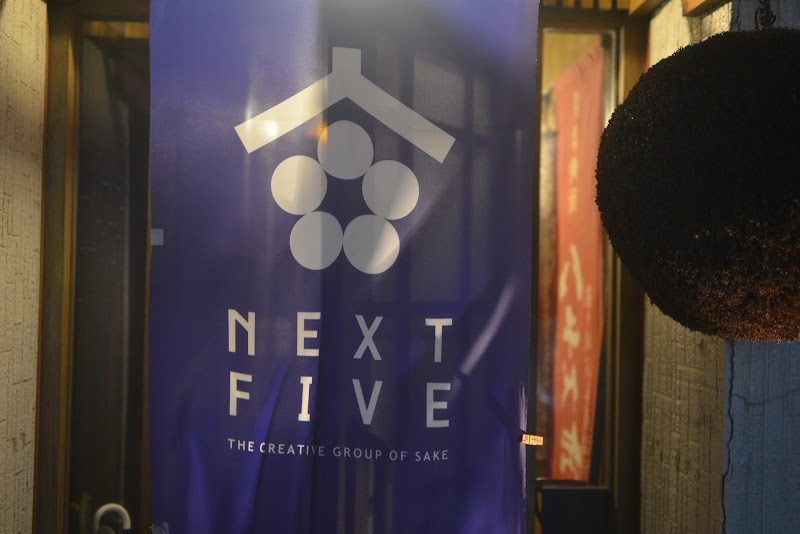
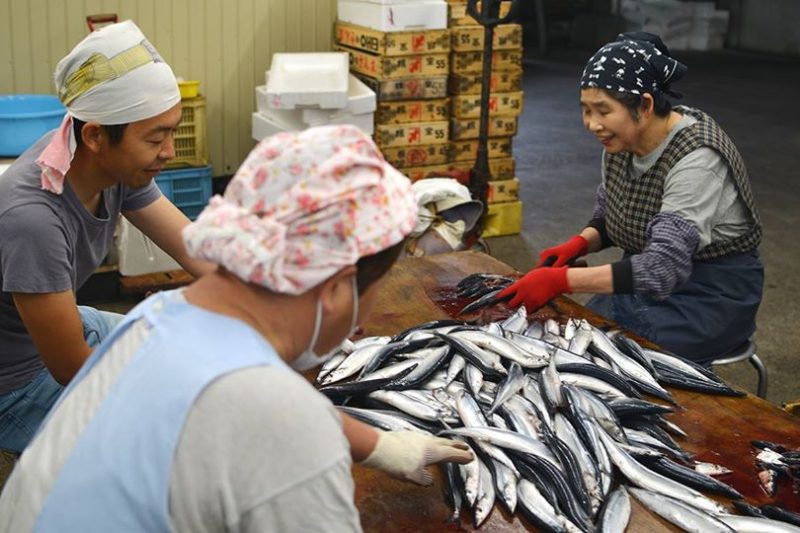
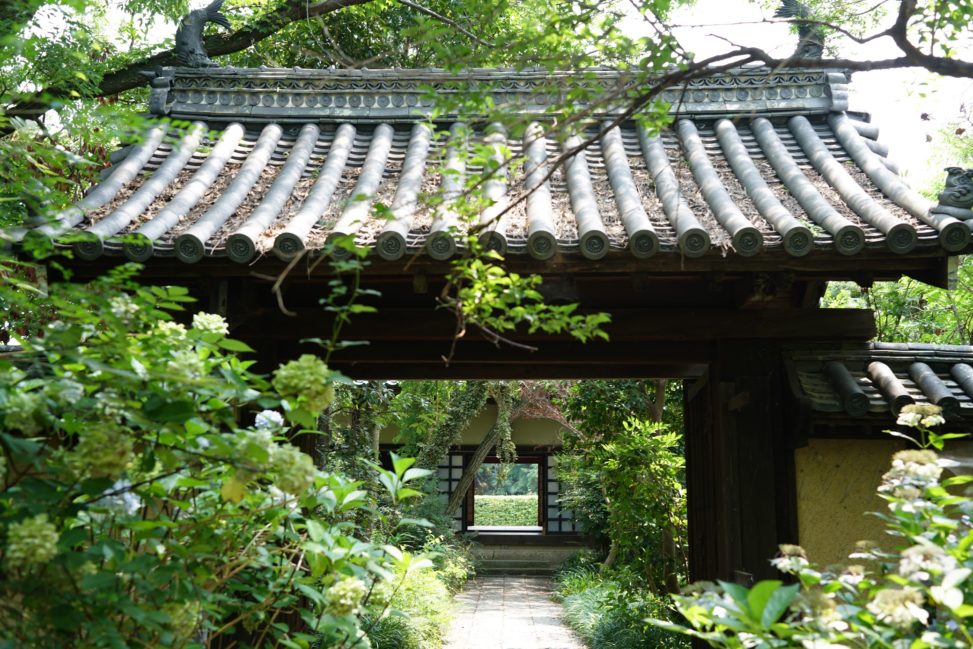
コメントを残す